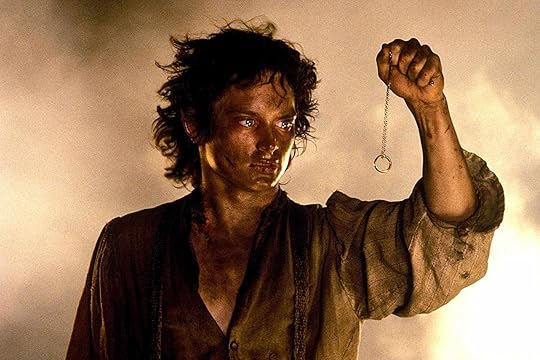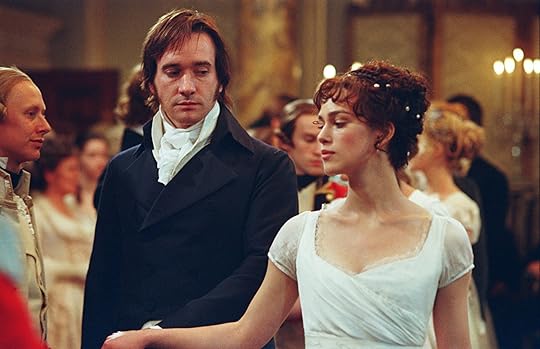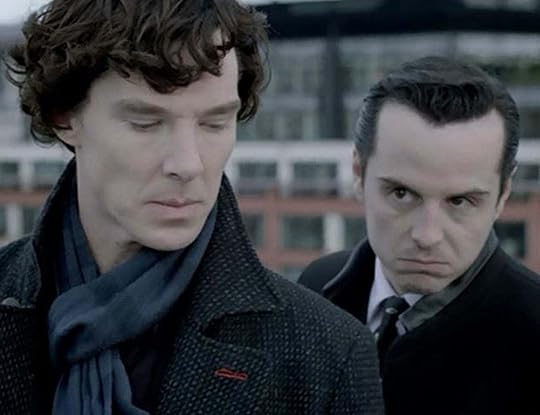Motivation Matters – The Heartbeat of Your Story.
Picture this: you’re deep into a gripping novel or binge-watching your favorite TV show, and you find yourself on the edge of your seat, heart racing, totally engrossed. What’s pulling you in?
Sure, the plot is thrilling, and the twists are mind-blowing, but the real magic lies in something more profound – Character Motivation.
This invisible thread weaves through every plot twist and character choice, transforming ordinary narratives into unforgettable adventures. Let’s dive into why character motivation is the unsung hero of storytelling and explore how it shapes the characters we love (or love to hate)!
Imagine character motivation as the fuel in your story’s engine. It’s what makes characters tick, drives their decisions, and propels them into action.
Think of it as the reason behind every dramatic showdown, heartfelt confession, or daring heist. Whether it’s a burning desire for revenge, a quest for love, or a desperate need to survive, motivation is the heartbeat of a story.
So, why does this matter? Because motivation transforms a character from a two-dimensional figure into a real, relatable person. Without it, your characters might as well be cardboard cutouts, and your plot could end up feeling as aimless as a ship lost at sea.
7 Reasons Why Character Motivation Is Crucial for Your Story.

#1 – Driving the Plot Forward.
Here’s the scoop: characters with clear motivations aren’t just reacting to events but actively shaping them.
Their goals and desires create a ripple effect that influences the entire narrative.
Imagine Frodo Baggins in The Lord of the Rings: The Fellowship of the Ring. His mission to destroy the One Ring isn’t just a personal quest; it’s the very essence of the plot.
Every step Frodo takes and every challenge he faces directly result from his determination to prevent Sauron from regaining power. His motivation sets the stage for an epic adventure across Middle-earth, making the journey compelling and full of stakes.
[image error]#2 – Creating Conflict and Tension.
What’s a great story without a bit of drama? Conflict and tension are the spices that keep readers and viewers hooked.
When characters with opposing goals clash or face internal struggles, it adds layers of suspense and emotional engagement.
Take Captain America: Civil War, for example. The tension between Captain America and Iron Man is electric, driven by their conflicting motivations. Iron Man’s guilt and desire for accountability clash with Captain America’s belief in personal freedom.
Their differing stances on the Sokovia Accords create a rift that divides the Avengers and fuels intense emotional and physical confrontations.
This conflict isn’t just about smashing buildings—it’s about deep, personal stakes that keep audiences glued to the screen.

#3 – Making Characters Relatable.
Have you ever found yourself rooting for a character even when they make questionable choices? That’s the power of relatable motivations.
Characters with clear, understandable goals become more human, even if their methods are extreme.
Consider Walter White from Breaking Bad. Initially, he’s a high school chemistry teacher with a terminal cancer diagnosis and a desire to provide for his family.
This humble motivation makes his subsequent descent into the criminal underworld all the more compelling. As Walter’s motivations evolve, his journey from family man to drug kingpin becomes a fascinating exploration of morality, making him both intriguing and relatable.

#4 – Providing Character Development.
Motivations aren’t static—they can evolve, leading to rich character development.
As characters face new challenges, their desires and goals might shift, adding depth and complexity to their arcs.
Elizabeth Bennet from Pride and Prejudice is a stellar example. Initially, she’s witty and judgmental, especially toward Mr. Darcy.
As the story unfolds, Elizabeth’s experiences force her to confront her own biases and misjudgments. By the end, she grows from a quick-to-judge individual into a character with a deeper understanding of herself and others.
This evolution makes her journey not just about finding love but also about personal growth, adding emotional depth to her story.

#5 – Enhancing Emotional Engagement.
Motivation is like a magnifying glass that intensifies emotional stakes.
When a character’s motivation is rooted in something deeply personal, like love or survival, it pulls readers and viewers into the story’s emotional core.
In The Pursuit of Happyness, Chris Gardner’s determination to create a better life for his son despite facing homelessness and financial instability tugs at our heartstrings.
His motivation to secure a stable future for his child elevates the emotional impact of his struggles, making his eventual triumph all the more rewarding.
 #6 – Internal Conflict.
#6 – Internal Conflict.
Now, let’s delve into the juicy stuff: internal conflict.
This is where a character’s deepest struggles unfold, often between competing desires, values, or fears.
Internal conflict adds layers of vulnerability and humanity, making characters more relatable and their journeys more engaging.
Joel Barish from Eternal Sunshine of the Spotless Mind provides a masterclass in internal conflict.
As he undergoes a procedure to erase memories of a painful relationship, he relives and reevaluates his past with Clementine. Joel’s initial desire to erase the pain is challenged by a growing realization of how precious those memories are.
His internal struggle between escaping heartache and valuing shared experiences drives the film’s emotional depth, making his final decision to keep his memories both poignant and profound.

#7 – Moral Complexity.
Finally, let’s talk about moral complexity—the spicy twist that keeps us guessing. Characters with moral complexity defy easy categorization.
They might do questionable things for morally ambiguous reasons, forcing us to wrestle with our perceptions of right and wrong.
Jim Moriarty from Sherlock is a fantastic example. Moriarty is a charismatic genius and criminal mastermind whose actions challenge conventional notions of morality.
His philosophical disdain for societal norms and his twisted personal connection with Sherlock Holmes creates a character whose motivations are both intriguing and unsettling.
Moriarty’s complexity makes him a memorable antagonist who forces both Sherlock and the audience to question their own moral boundaries.
In Conclusion – Character motivation is the secret sauce that transforms a story from a series of events into a rich, engaging narrative. It drives the plot, fuels conflict and tension, makes characters relatable, and provides opportunities for deep development. By understanding and crafting strong motivations, you create characters with depth and purpose, ensuring your story resonates on a profound level.
So, the next time you’re crafting a tale, remember: motivation isn’t just a plot device—it’s the heartbeat of your story. Dive into your characters’ desires, fears, and goals, and let their motivations guide the journey. With strong motivations, your characters will leap off the page (or screen), making your story not just good, but unforgettable.
Now it’s YOUR turn – Which character from a book or movie do you think has the most compelling motivation?
Would love to get your input in the comment box below.
The post Motivation Matters – The Heartbeat of Your Story. appeared first on Vered Neta.



